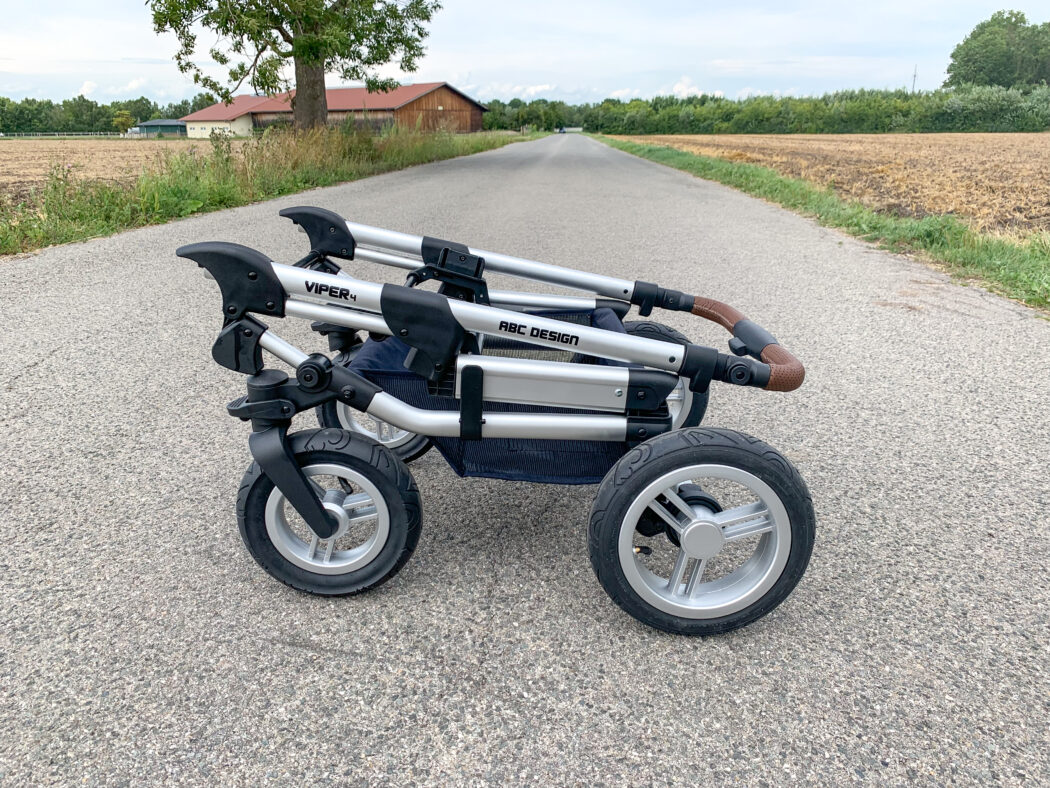
ABC Design Salsa 4 Air Diamond Special Edition 2020 ab 750,00 € (September 2023 Preise) | Preisvergleich bei idealo.de

ABC Design SALSA 4 AIR - Kombikinderwagen 2 in 1, 2. Generation | Asphalt 2023 Asphalt 2023 | Kombikinderwagen \ Kinderwagen 2in1 | KinderPrams

ABC Design Salsa 4 Air Kinderwagen Starter-Set cream Pure mit Autositz, Wickeltasche, Fußsack und mehr | babyonlineshop.de

ABC Design Ping Two Travel Buggy - Sports Car Ideal for Holidays - Reclining Position - Compact Folding Size with Transport Safety - Total Load 27 kg - Colour: Tin : Amazon.de: Baby Products

ABC Design - Kombi-Kinderwagen Salsa 4 Air - inkl. Babywanne & Sportsitz - Classic Edition - Reed - Babyartikel.de

ABC Design Salsa 4 Air 2-in-1 baby baby stroller with sports seat buggy and baby bath, wheel suspension and pneumatic tires, color: rose gold : ABC Design: Amazon.nl: Baby Products

ABC Design - Zwillingsbuggy Twin - Circle Line mit Liegefunktion (inkl. Regenverdeck) - Woven Graphite - Babyartikel.de

ABC DESIGN SALSA 4 KINDERWAGEN SET 3 IN 1 INKL. BABYSCHALE MODELL 2021 GRAPHITE GREYABC DESIGN SALSA 4

ABC Design - Buggy & Sportwagen Avito - Style (mit Liegefunktion, Schieber höhenverstellbar) - Street - Babyartikel.de

ABC Design SALSA 4 AIR SET - Kombikinderwagen 2 in 1 | Basil 2023 Basil Set | Kombikinderwagen \ Kinderwagen 2in1 | KinderPrams

ABC Design SALSA 4 AIR SET - Kombikinderwagen 2 in 1 | Lake 2023 Lake Set | Kombikinderwagen \ Kinderwagen 2in1 | KinderPrams

ABC Design - Kombi-Kinderwagen Salsa 4 Air - Fashion Edition Home Set 4-teilig - Braid - inkl. Korbwanne, Ständer und Zubehörpaket - Babyartikel.de

KINDERWAGEN - ABC DESIGN - Turbo 4T Diamond (2 in 1) ⭐️ in Hamburg - Bergedorf | eBay Kleinanzeigen ist jetzt Kleinanzeigen


































